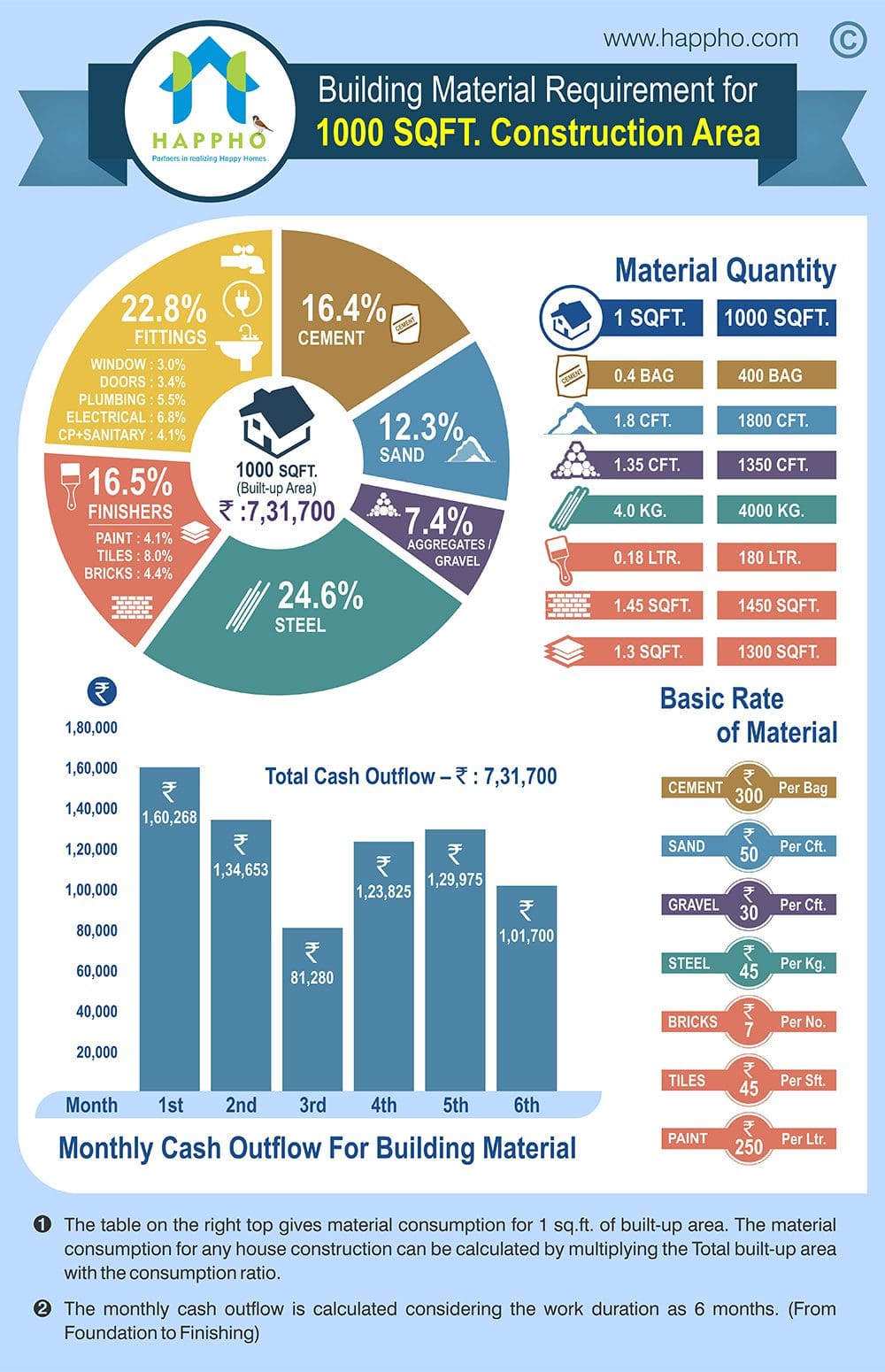When you're preparing a commercial external painting project, seasonal aspects can make or damage your outcomes. You'll wish to think about exactly how temperature level and humidity influence paint application and drying times. Selecting the right season can guarantee your paint adheres appropriately and lasts much longer. But which sherwin-williams color consultant are really the most effective for this kind of job? Let's discover the key elements that can influence your project's success.
The Impact of Temperature on Paint Application
When you're planning an industrial exterior painting job, the temperature can substantially impact just how well the paint sticks and dries.
Preferably, you intend to repaint when temperatures vary in between 50 ° F and 85 ° F. If it's also cold, the paint may not cure properly, resulting in problems like peeling off or breaking.
On the other side, if it's also hot, the paint can dry as well promptly, avoiding appropriate bond and leading to an irregular finish.
You ought to also take into consideration the time of day; early morning or late afternoon offers cooler temperature levels, which can be extra favorable.
Always examine the manufacturer's recommendations for the specific paint you're utilizing, as they commonly provide guidance on the excellent temperature level range for optimum outcomes.
Moisture and Its Effect on Drying Times
Temperature level isn't the only ecological variable that influences your commercial exterior paint project; moisture plays a significant function as well. High moisture levels can reduce drying out times considerably, impacting the total high quality of your paint work.
When the air is saturated with wetness, the paint takes longer to heal, which can cause problems like poor bond and a higher danger of mildew development. If you're painting on an especially moist day, be planned for extended wait times between layers.
It's crucial to monitor neighborhood weather conditions and plan as necessary. Ideally, go for humidity levels in between 40% and 70% for optimal drying out.
Maintaining these factors in mind guarantees your project remains on track and delivers a long lasting finish.
Best Seasons for Commercial Exterior Painting Projects
What's the most effective season for your business exterior painting jobs?
Springtime and very early loss are generally your best options. During these periods, temperature levels are light, and moisture levels are frequently reduced, creating perfect problems for paint application and drying.
Prevent summer season's intense heat, which can cause paint to completely dry too promptly, leading to inadequate bond and coating. Similarly, winter months's cool temperature levels can hinder appropriate drying out and treating, running the risk of the long life of your paint task.
Aim for days with temperature levels between 50 ° F and 85 ° F for optimum results. Bear in mind to examine the neighborhood weather forecast for rain, as damp conditions can ruin your job.
Planning around these variables ensures your painting task runs efficiently and lasts much longer.
Conclusion
In conclusion, preparing your business exterior painting tasks around seasonal considerations can make a substantial distinction in the end result. By scheduling work during the ideal temperature levels and humidity degrees, you'll guarantee better adhesion and drying times. Remember to keep an eye on neighborhood weather forecasts and select the right time of year-- spring and early fall are your best bets. Taking these steps will certainly aid you accomplish a long lasting and specialist coating that lasts.
